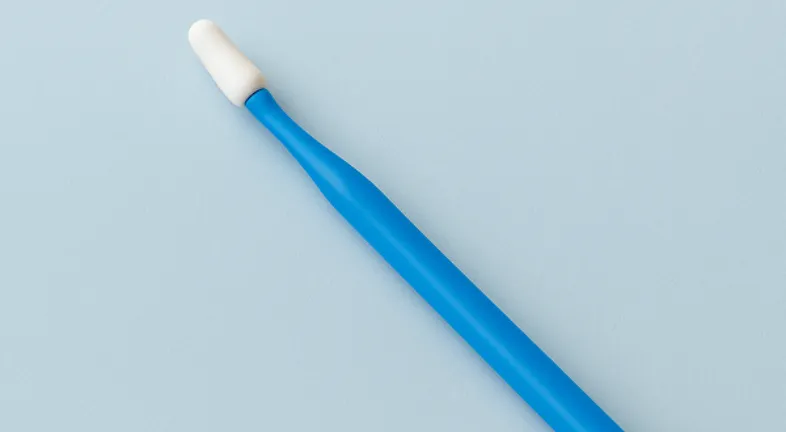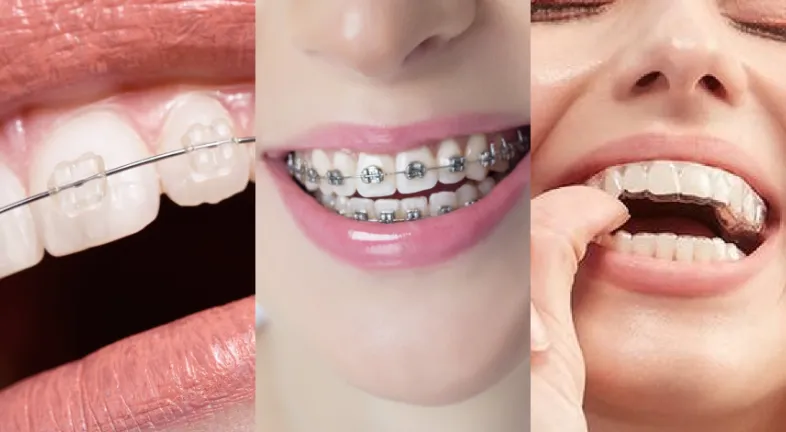
Getting braces is a little bit like starting a new job. At first, everything feels weird: the tools, the rules, and all of the strange looks. Then all of a sudden, it becomes routine, and you realize it isn’t that bad. If you are about to begin a new life with braces, or you just got braces, you might be thinking: What is this really going to feel like on a day-to-day basis?
The short answer? Life with braces will be a combination of kind of awkward beginnings, tiny adjustments, and surprising victories. Let’s break this down.
The braces’ pain and discomfort are real. The moment those brackets click onto your teeth, your mouth feels like a construction site. Your tongue doesn’t know where to go, your lips rub against the metal, and eating suddenly requires way more thought than it ever did before. This stage is honestly the toughest, not because it’s unbearable, but because it’s unfamiliar.
Think of this stage like breaking in a new pair of shoes. The first few walks might rub blisters, but soon enough, you forget you’re even wearing them.
Living with braces changes little things you never thought about before. For example, you’ll learn quickly that spinach is no longer your friend. And apples? They’re suddenly a two-step process: slice first, bite later.
Here’s what daily life with braces usually involves:
Daily life with braces is about small tweaks. It’s not a total lifestyle overhaul, more like re-learning how to do old habits with a new set of rules.
.webp)
This is the part everyone worries about. Will I be stuck with soup for two years? No. But there are tricks to make eating easier and avoid emergency trips back to the orthodontist.
At first, the extra effort feels like a chore. You’re suddenly spending twice as long in the bathroom at night, planning meals differently, and carrying around orthodontic wax in case a wire pokes your cheek. But here’s the thing: your brain adapts fast.
One of the underrated parts of living with braces is the social side. Some people feel self-conscious about the “metal smile.” Others embrace it, decorating their bands with colours. The truth? Most people don’t care nearly as much as you think they do.
In fact, braces often spark conversations. Someone will say, “Oh, what colour did you pick this time?” or share their own braces story. It’s a reminder that you’re not alone in this.
And let’s face it, knowing your teeth are on their way to being straight can boost your confidence, even if the current stage feels awkward.
The journey can take anywhere from 12 months to 3 years, depending on your teeth. During that time, expect progress to feel both slow and sudden. You’ll go weeks without noticing much change, then one day glance in the mirror and realize your teeth have completely shifted.
Long-term, here’s what you can expect:
If you’re in the UK and considering alternatives, clear aligners are an option for those who qualify (not every case does). Brands like Invisalign are well-known, but there are also more affordable providers such as Caspersmile and Smile White, which ship aligners straight to your door with virtual check-ins.
Traditional braces, however, still handle complex cases better. Many orthodontists recommend metal or ceramic braces when teeth need significant movement.
Living with braces is about more than just having straighter teeth. It is about patience, resilience, and moments of pleasant surprise, like mastering the skill of eating corn off the cob with a spoon or finally realizing you may have become so accustomed to the wires that you no longer notice them in your mouth.
Of course, there is discomfort, and there will be days when cursing the brackets is not only justified but rational. However, there is an end, a finish line, and crossing it feels magical. One day, you will be braces-free, passing your tongue over your newly smooth, straight teeth with awe and amazement that all those small movements and aches have suddenly made sense!
That is life with braces; it is not perfect, it is not painless, but it is worth every single step of the way.




Curated the best for your knowledge
.webp) Mouthwash for Gums: What to Choose & Why
Mouthwash for Gums: What to Choose & WhyYou know the feeling when your gums suddenly have a meltdown? A little swelling, a little bleeding, and you are down the rabbit hole on Google at 3 a.m., trying to find the best mouthwash for gums. It happens. Gums can be finicky little guys. They deserve some love, some care, and sometimes a splash of minty freshness. But not all mouthwashes are created equally. Some are just flavored water, acting like they are helping. Some are awesome "fight germs" formulations that your dentist wishes everyone used. In this article we are going to break down what’s is the best mouthwash for your gums.
Read More What Are Gum Simulators and How Do They Improve Oral Health?
What Are Gum Simulators and How Do They Improve Oral Health?When trying to maintain a perfectly healthy smile, most people tend to focus on proper brushing and regular flossing, but there's another underrated tool that can be extremely helpful in keeping your mouth healthy. The gum stimulator. Though it may sound like a complicated dental instrument, a gum stimulator is actually a fairly simple yet effective tool. It's designed to strengthen and massage your gums while removing plaque from areas that are tough to clean. It does all of this while boosting blood circulation in your gums.
Read More What Are the Best Ways to Straighten Your Teeth?
What Are the Best Ways to Straighten Your Teeth?Teeth straightening is not just limited to cosmetic concerns, but it also helps resolve any of the functional issues, including bite alignment. Dental misalignments have become common among individuals of all ages. Regardless of whether you are dealing with crowded teeth, gapped teeth, or any other dental issues, there are now various ways to straighten teeth. The advancements in dentistry have introduced a range of options. From braces vs aligners to other orthodontic devices, teeth straightening has never been easier. In this blog, let us help you explore the best ways to straighten teeth.
Read MoreQuick Links

Heading